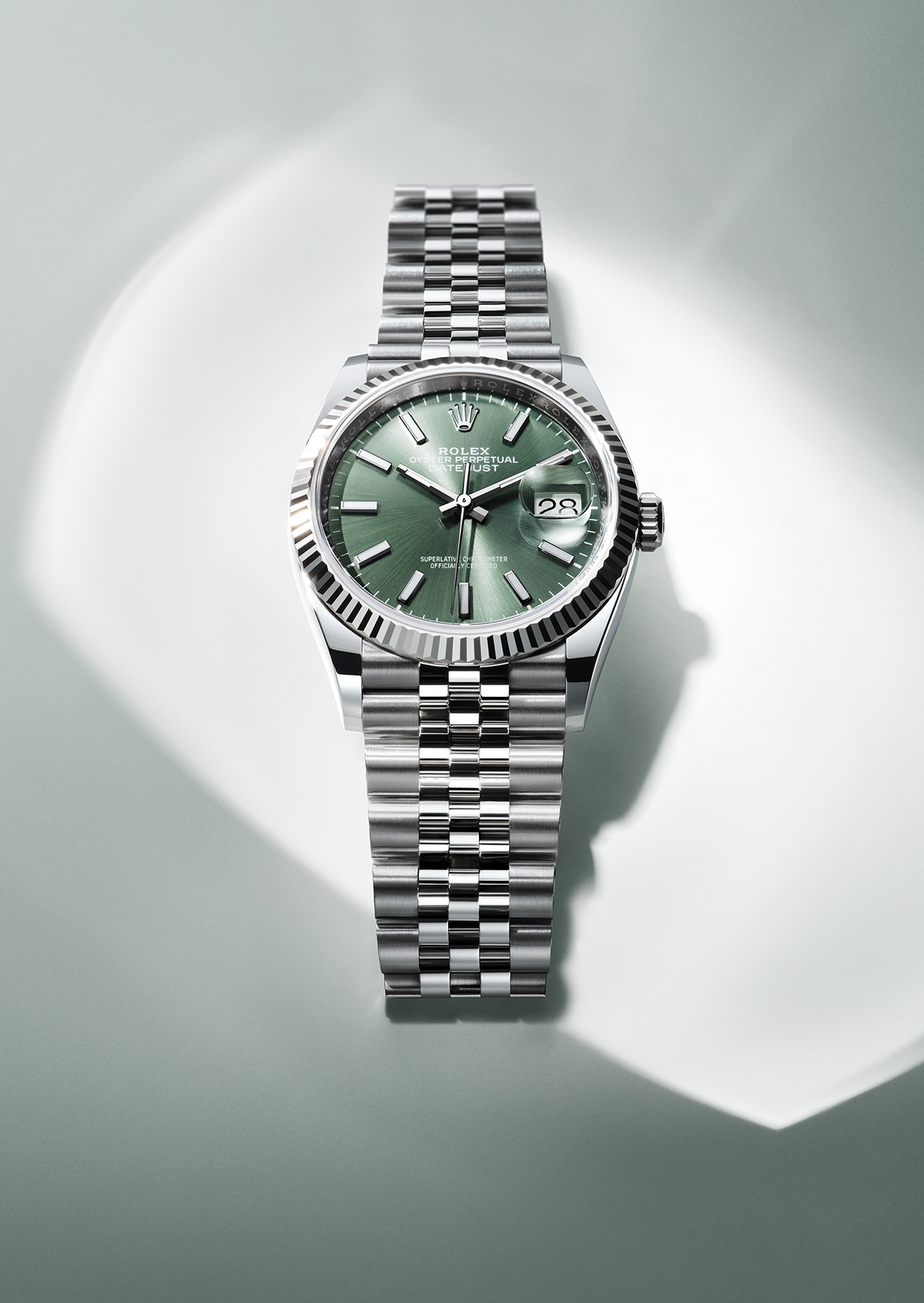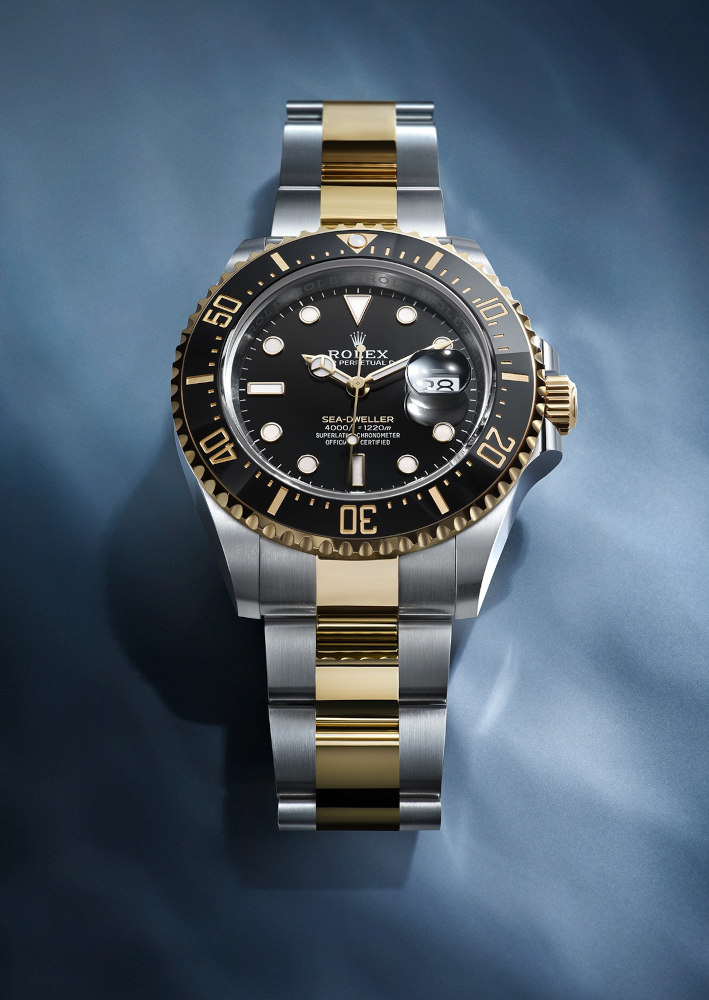An interesting opportunity for investors and collectors. Luxury watches on the secondary market are a very interesting opportunity for collectors and investors. Priceless uniques and hard-to-find pieces can sometimes be a real bargain. For investors in Swiss watch brands, as well as high-end timepieces, new data has emerged showing that prices on the secondary market will continue to fall. Rolex on the secondary market is an interesting option. Especially for those interested in buying watches from this company. These exclusive brands have so far been known for extreme shortages and long waiting lists.
Rolex on the secondary market. Price drop since peak of pandemic
According to Morgan Stanley’s latest report, the WatchCharts Overall Market Index – which tracks a basket of 60 luxury Swiss watches from 10 brands on the secondary market – fell for the ninth consecutive quarter in the second quarter ended June 30. The gradual decline has continued since the pandemic’s peak in the first quarter of 2022. In the second quarter of this year, prices fell 2.1% sequentially compared to the first quarter and 1.2% year-on-year.
Market trends for different brands
Morgan Stanley predicts that downward pressure on prices will continue throughout the year. In an analysis of annual changes in the secondary market, only five brands saw price increases, including Montblanc (+2.4%) and Hamilton (+2.2%). High-end brands such as A. Lange & Söhne (-5.3%), Breitling (-5.9%), Omega (-6.8%), Rolex (-7.2%) and Audemars Piguet (-12.5%) were among the worst performers.
The impact of the secondary market on market prices
Aftermarket prices are not only an indicator of the value of specific watches. They can also affect prices achieved in the primary market, where new watches are sold by authorized dealers (ADs). Rolex, a brand that seemed immune to price and sales pressures, is beginning to feel these changes. So is a Rolex on the secondary market a real bargain? The offers should be approached judiciously.
Grey area and waiting times
“Flippers” of Rolex watches – dealers who buy new watches and resell them on another market for a higher price – are facing difficulties. This is leading to an increase in the supply of new Rolex watches to consumers in the primary market. Morgan Stanley used two factors to assess whether speculation about Rolex watches is correct. The conclusion: the size of the “gray market” and the waiting time for specific Rolex models at authorized dealers are decreasing.

The analysis showed that the number of watches Rolex on the gray market is declining. The bank says the decline in gray market supply is due to rising retail prices for Rolex watches and falling prices paid for watches on the gray market. This makes flipping watches less profitable. In addition, waiting times for popular Rolex models are difficult to estimate.
Is a Rolex on the secondary market a bargain? Or is it worth waiting for new copies? Exclusive watches are an opportunity for collectors and investors, seekers of rarities.
Luxury News Editor
Malcolm Lux
Source: Stock Market News Today
Company: Rolex





